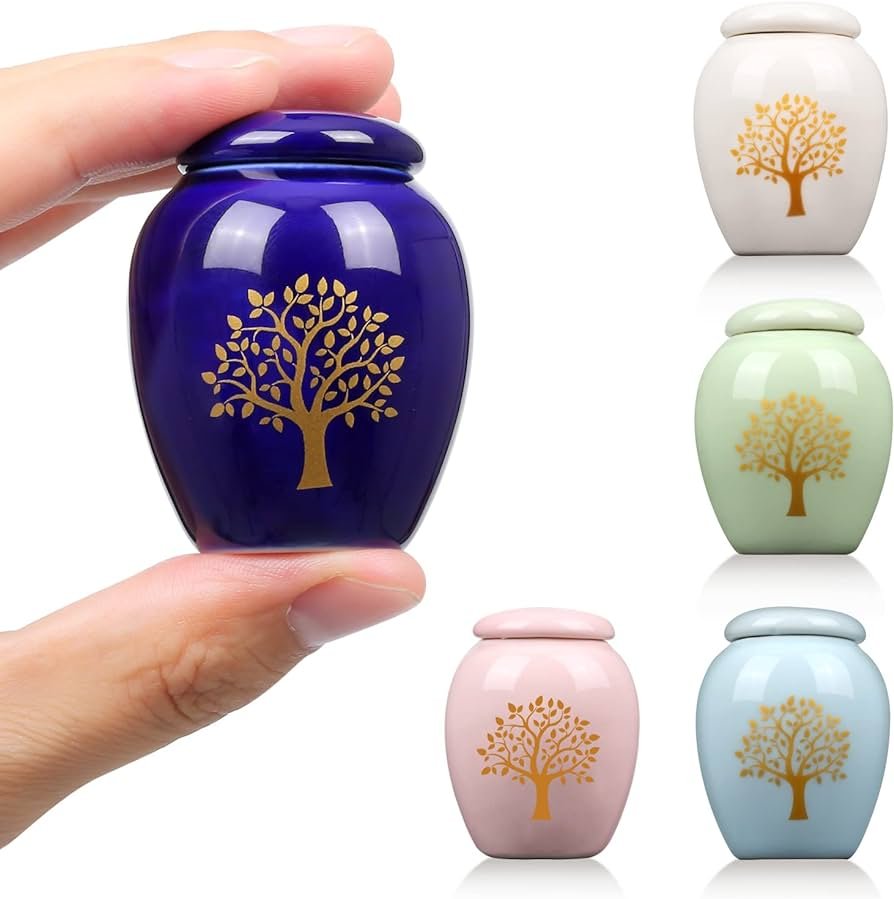Introduction
In the realm of human history and culture, few objects carry as much symbolism and significance as urns. From ancient civilizations to modern-day societies, urns have served as vessels for the remains of loved ones, artifacts of artistic expression, and symbols of commemoration. Join me on a journey as we explore the multifaceted world of urns and uncover the deeper meanings they hold.

A Brief History of Urns
The use of urns dates back thousands of years, with archaeological evidence suggesting their presence in ancient civilizations such as Egypt, Greece, and China. Initially crafted for practical purposes, such as storing cremated remains or food offerings for the afterlife, urns soon evolved to encompass a wide range of shapes, sizes, and materials. From simple clay vessels to ornately decorated masterpieces, urns reflect the cultural beliefs and artistic traditions of the societies that created them.

Symbolism and Meaning
Beyond their utilitarian function, urns carry deep symbolic significance in various cultural and religious contexts. In many cultures, urns are seen as vessels for the soul, providing a final resting place for the departed and ensuring their journey into the afterlife. Additionally, urns symbolize the cyclical nature of life and deaths, serving as a reminder of the interconnectedness of all living beings.
The Artistry of Urns
Throughout history, artisans have demonstrated remarkable creativity and skill in the crafting of urns, transforming them into objects of beauty and reverence. From intricate carvings and delicate engravings to vibrant paintings and intricate metalwork, urns showcase a wide range of artistic techniques and styles. Each urn tells a unique story, reflecting the personality and passions of the individual it commemorates.

Modern Applications and Innovations
In today’s society, urns continue to play a central role in the commemoration of life and the preservation of memories. While traditional materials such as ceramic and metal remain popular choices, modern technology has ushered in a new era of innovation in urn design. Biodegradable urns offer an eco-friendly alternative for those seeking a more sustainable option, while custom-made urns allow families to personalize their loved one’s final resting place in unique and meaningful ways.

The Emotional Journey of Choosing an Urn
For many individuals and families, selecting an urn is a deeply personal and emotional process. Whether honoring the memorys of a loved one or pre-planning for their own end-of-life arrangements, the choice of urn reflects a profound desire to preserve and commemorate one’s legacy. From traditional urns designed to blend seamlessly with home decor to unconventional designs that celebrate a person’s individuality, each urn serves as a tangible expression of love, remembrance, and honor.
Conclusion:
In conclusion, urns represent far more than mere containers—they are symbols of love, remembrance, and the eternal cycle of life. Whether crafted from clay, metal, wood, or biodegradable materials, each urn tells a unique story and carries with it the memories and legacy of those who have passed on. As we continue to navigate the complexities of life and death, let us cherish the significance of urns and the role they play in honoring the lives and legacies of our loved ones.
